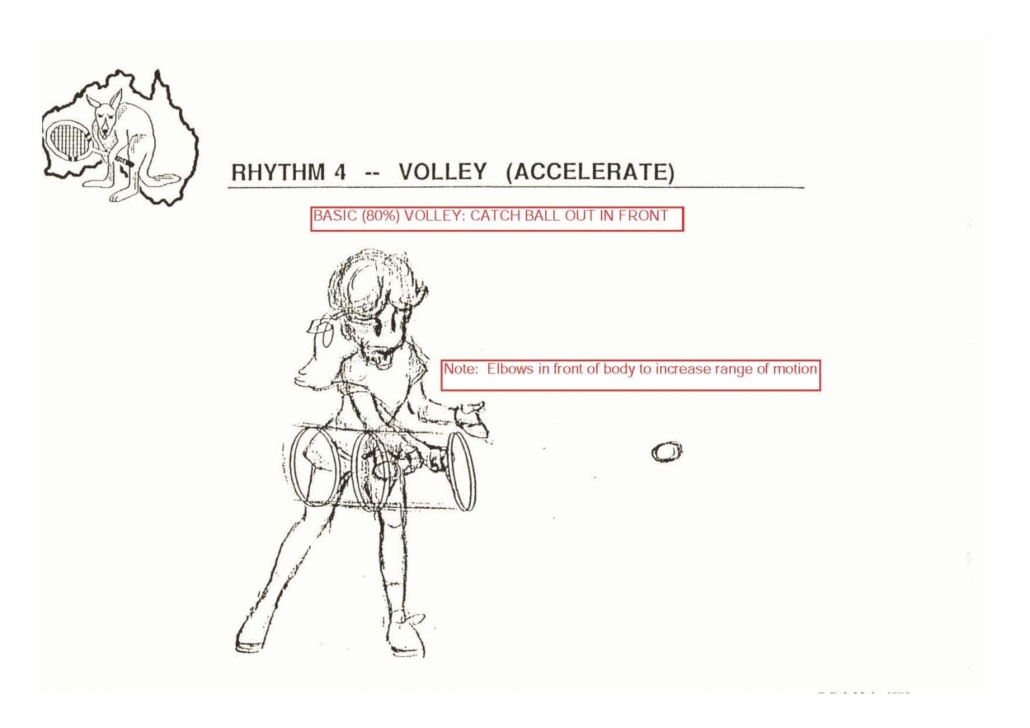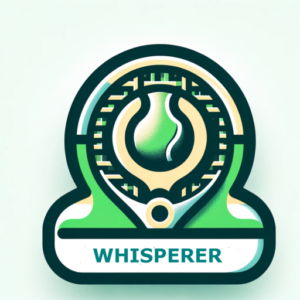Top Culprit Behind Poor Volleys—and How to Fix It
Volleys are an essential part of tennis, but they can be intimidating, especially when you’re positioned close to the net, with the possibility of getting hit by a fast-moving ball. Understanding the causes of poor volleys and how to address them can help you build confidence and improve your net game.
The Primary Culprits? Fear and Poor Head Positioning
One of the most common reasons for poor volleys is a natural fear of being hit by a fast ball, particularly in the head. This fear can trigger a knee-jerk response where players turn their head away from the incoming ball, which leads to disastrous results. Here’s why this happens:
- Fear of Getting Hit: When players are close to the net, they often instinctively turn their heads away from the ball to avoid being hit, particularly in the face. This leads to poor shot execution because the eyes are no longer tracking the ball, and the body’s positioning becomes misaligned.
- Lack of Focus: Turning your head also causes a loss of focus on the ball, making it harder to gauge its trajectory and speed. Volleys require precision, and without focus, it’s difficult to make clean contact.
- Disrupted Rhythm: Moving the head can disrupt the player’s rhythm, throwing off timing and balance. This makes it harder to react quickly to subsequent shots.
Why Does This Happen?
The fear of being hit is an instinctive reaction, but there are a few key factors that contribute to poor volleys:
- Turning the Head: Turning your head to avoid the ball causes a loss of visual contact with it. As a result, players miss their timing and struggle to react properly to the ball.
- Poor Racket Position: In addition to head movement, incorrect racket positioning can throw off your balance and shot execution. If you’re not keeping the racket in the right spot, it can result in weak or missed volleys.
- Inconsistent Footwork: Poor footwork or hesitation in movement can cause you to be off-balance, further complicating the volley. Proper footwork is critical for getting into the right position and executing a clean shot.
- Nervousness or Anxiety: The close proximity to the net and fast-paced nature of volleys can make some players nervous. This anxiety can manifest as rushed or tense movements, which interfere with technique and timing.
How to Fix It?
To improve your volleys, the first step is overcoming the fear of being hit and refining your head and body positioning. Here’s how to fix it:
- Keep Your Eyes on the Ball:
- Don’t Turn Your Head: Instead of turning your head away from the ball, rotate your shoulders to face it. Keeping the ball in front of you will help you maintain visual contact and make a clean strike.
- Track the Ball: As the ball moves toward you, shift your focus from parallel vision to triangular vision. This means keeping your eyes on the ball as it moves closer and adjusting your body to keep the ball in your field of vision.
- Position Your Racket Correctly:
- Racket in Front: Ensure that your racket is always positioned in front of you, comfortably across your body, not straight in front or too low. This makes it easier to react quickly and meet the ball cleanly.
- Use the “Ready Position”: Before making the volley, make sure your racket is in the proper ready position. Keep it high and in line with your body, with your hands and racket facing forward for quick reactions.
- Develop Smooth and Quick Footwork:
- Small, Quick Steps: Good footwork is essential for getting into the proper position. Take small, quick steps to adjust to the ball and maintain balance. Ensure you are set before making the shot.
- Stay Light on Your Feet: The closer you are to the net, the faster the ball will come at you. Being light on your feet allows you to move quickly and adjust your position as needed.
- Stay Relaxed and Confident:
- Overcome Nervousness: Volleys often trigger nervousness because of the proximity to the net and the speed of the ball. Stay calm and focused. Trust in your training and rely on your preparation to make the shot.
- Avoid Rushing: Don’t rush the shot. Let your footwork guide you into the right position, and take your time to execute the shot. Remember, volleys are about precision, not power.
- Practice with Purpose:
- Volley Drills: Practice volleys by focusing on technique rather than speed. Use wall drills, target drills, or partner drills to practice keeping the ball in front of you and executing clean volleys.
- Use Shadowing: Shadow volleying without the ball can help you focus on shoulder rotation and racket positioning. This helps your body learn the movements without the pressure of the ball.
Build Confidence to Overcome the Fear
Fear of being hit is a natural response, but it’s essential to overcome it to improve your volleys. By keeping your head still, positioning your racket correctly, and focusing on your footwork, you’ll be able to execute more consistent and controlled volleys. Practicing these skills will help you develop the muscle memory needed to handle fast balls at the net with confidence.
By mastering these basics—tracking the ball, proper racket positioning, quick footwork, and relaxation—you’ll overcome your fear and significantly improve your volley game. Soon enough, you’ll find yourself dominating at the net, making those crucial points and feeling more comfortable in the process. Let your volleys become a strength, not a weakness!




